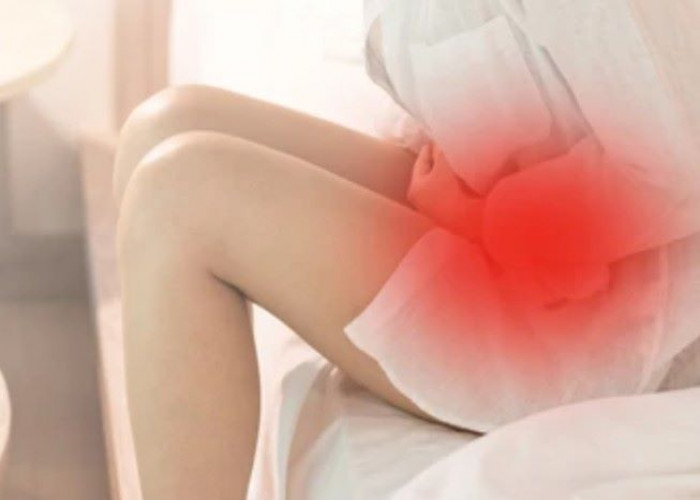 Welcome
Welcome
“May all be happy, may all be healed, may all be at peace and may no one ever suffer."
Chronic pelvic pain in women

Chronic pelvic pain in women is a medical condition characterized by persistent pain in the lower abdomen or pelvic region that lasts for six months or longer. The pain may be dull, sharp, or cramping and may be intermittent or constant. The cause of chronic pelvic pain in women is often difficult to identify, but it may be related to a variety of conditions, such as endometriosis, uterine fibroids, pelvic inflammatory disease, or irritable bowel syndrome. Symptoms may also be related to psychological factors such as anxiety and depression. Treatment for chronic pelvic pain in women depends on the underlying cause and may include medications to relieve pain, hormone therapy, physical therapy, or surgery. It is important to see a healthcare provider if you are experiencing chronic pelvic pain to receive an accurate diagnosis and appropriate treatment.
Research Papers
Disease Signs and Symptoms
- Pelvic pain
- Severe cramping or sharp, knife like pelvic pain during menstruation (dysmenorrhea)
- Pelvic pain during intercourse
- Pressure or heaviness deep within the pelvis
Disease Causes
Chronic pelvic pain in women
Chronic pelvic pain is a complex condition that can have multiple causes. Sometimes, a single disorder may be identified as the cause.
In other cases, however, pain may be the result of several medical conditions. For example, a woman might have endometriosis and interstitial cystitis, both of which contribute to chronic pelvic pain.
Some causes of chronic pelvic pain include:
- Endometriosis. This is a condition in which tissue from the lining of your womb (uterus) grows outside your uterus. These deposits of tissue respond to your menstrual cycle, just as your uterine lining does — thickening, breaking down and bleeding each month as your hormone levels rise and fall. Because it's happening outside your uterus, the blood and tissue can't exit your body through your vagina. Instead, they remain in your abdomen, where they may lead to painful cysts and fibrous bands of scar tissue (adhesions).
- Musculoskeletal problems. Conditions affecting your bones, joints and connective tissues (musculoskeletal system) — such as fibromyalgia, pelvic floor muscle tension, inflammation of the pubic joint (pubic symphysis) or hernia — can lead to recurring pelvic pain.
- Chronic pelvic inflammatory disease. This can occur if a long-term infection, often sexually transmitted, causes scarring that involves your pelvic organs.
- Ovarian remnant. After surgical removal of the uterus, ovaries and fallopian tubes, a small piece of ovary may accidentally be left inside and later develop painful cysts.
- Fibroids. These noncancerous uterine growths may cause pressure or a feeling of heaviness in your lower abdomen. They rarely cause sharp pain unless they become deprived of a blood supply and begin to die (degenerate).
- Irritable bowel syndrome. Symptoms associated with irritable bowel syndrome — bloating, constipation or diarrhea — can be a source of pelvic pain and pressure.
- Painful bladder syndrome (interstitial cystitis). This condition is associated with recurring pain in your bladder and a frequent need to urinate. You may experience pelvic pain as your bladder fills, which may improve temporarily after you empty your bladder.
- Pelvic congestion syndrome. Some doctors believe enlarged, varicose-type veins around your uterus and ovaries may result in pelvic pain. However, other doctors are much less certain that pelvic congestion syndrome is a cause of pelvic pain because most women with enlarged veins in the pelvis have no associated pain.
- Psychological factors. Depression, chronic stress or a history of sexual or physical abuse may increase your risk of chronic pelvic pain. Emotional distress makes pain worse, and living with chronic pain contributes to emotional distress. These two factors often become a vicious cycle.
Disease Prevents
Disease Treatments
The goal of treatment is to reduce symptoms and improve quality of life.
If your doctor can pinpoint a specific cause, treatment will focus on that cause. However, if a cause can't be identified, treatment will focus on managing your pain and other symptoms. For many women, the optimal approach involves a combination of treatments.
Medications
Depending on the cause, your doctor may recommend a number of medications to treat your condition, such as:
- Pain relievers. Over-the-counter pain remedies, such as aspirin, ibuprofen (Advil, Motrin IB, others) or acetaminophen (Tylenol, others), may provide partial relief from your pelvic pain. Sometimes a prescription pain reliever may be necessary. Pain medication alone, however, rarely solves the problem of chronic pain.
- Hormone treatments. Some women find that the days when they have pelvic pain may coincide with a particular phase of their menstrual cycle and the hormonal changes that control ovulation and menstruation. When this is the case, birth control pills or other hormonal medications may help relieve pelvic pain.
- Antibiotics. If an infection is the source of your pain, your doctor may prescribe antibiotics.
- Antidepressants. Some types of antidepressants can be helpful for chronic pain. Tricyclic antidepressants, such as amitriptyline, nortriptyline (Pamelor) and others, seem to have pain-relieving as well as antidepressant effects. They may help improve chronic pelvic pain even in women who don't have depression.
Other therapies
Your doctor may recommend specific therapies or procedures as a part of your treatment for chronic pelvic pain. These may include:
- Physical therapy. Stretching exercises, massage and other relaxation techniques may improve your chronic pelvic pain. A physical therapist can assist you with these therapies and help you develop coping strategies for the pain. Sometimes physical therapists target specific points of pain using a medical instrument called transcutaneous electrical nerve stimulation (TENS). TENS delivers electrical impulses to nearby nerve pathways. Physical therapists may also use a psychology technique called biofeedback, which helps you identify areas of tight muscles so that you can learn to relax those areas.
- Neurostimulation (spinal cord stimulation). This treatment involves implanting a device that blocks nerve pathways so that the pain signal can't reach the brain. It may be helpful, depending on the cause of your pelvic pain.
- Trigger point injections. If your doctor finds specific points where you feel pain, you may benefit from having a numbing medicine injected into those painful spots (trigger points). The medicine, usually a long-acting local anesthetic, can block pain and ease discomfort.
- Psychotherapy. If your pain could be intertwined with depression, sexual abuse, a personality disorder, a troubled marriage or a family crisis, you may find it helpful to talk with a psychologist or psychiatrist. There are different types of psychotherapy, such as cognitive behavioral therapy and biofeedback. Regardless of the underlying cause of your pain, psychotherapy can help you develop strategies for coping with the pain.
Surgery
To correct an underlying problem that causes chronic pelvic pain, your doctor may recommend a surgical procedure, such as:
- Laparoscopic surgery. If you have endometriosis, doctors can remove the adhesions or endometrial tissue using laparoscopic surgery. During laparoscopic surgery, your surgeon inserts a slender viewing instrument (laparoscope) through a small incision near your navel and inserts instruments to remove endometrial tissue through one or more additional small incisions.
- Hysterectomy. In rare complicated cases, your doctors may recommend removal of your uterus (hysterectomy), fallopian tubes (salpingectomy) or ovaries (oophorectomy). There are important health consequences to having this procedure. Your doctor will discuss the benefits and risks in detail before recommending this option.
Disease Diagnoses
Disease Allopathic Generics
Disease Ayurvedic Generics
Disease Homeopathic Generics
Disease yoga
Chronic pelvic pain in women and Learn More about Diseases

Galactorrhea

Neurodermatitis
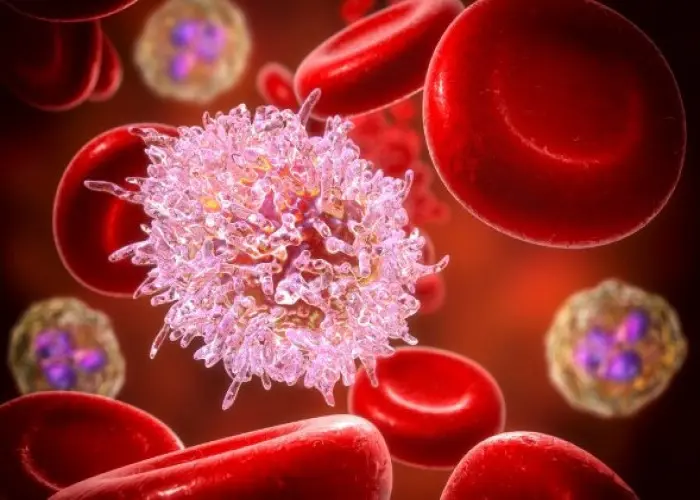
Hairy cell leukemia

Henoch-Schonlein purpura
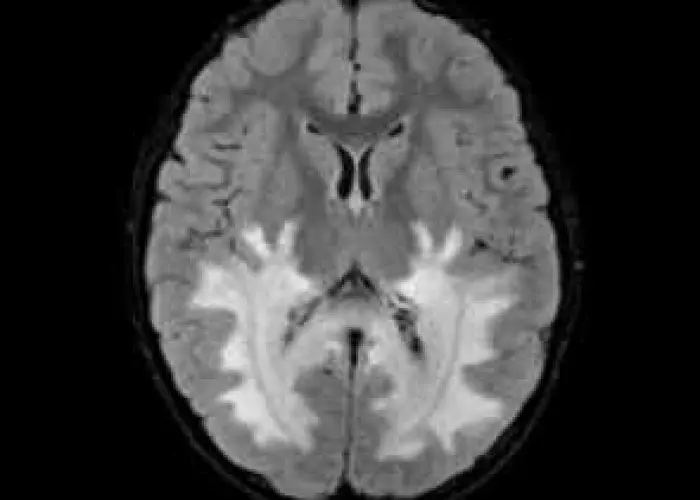
Adrenoleukodystrophy
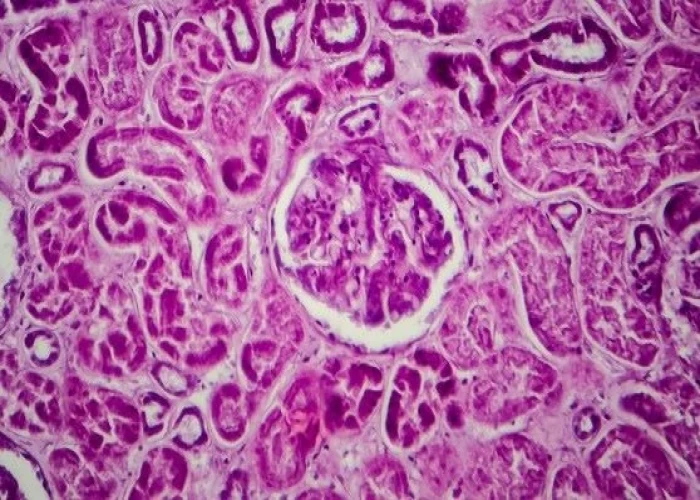
Lupus nephritis
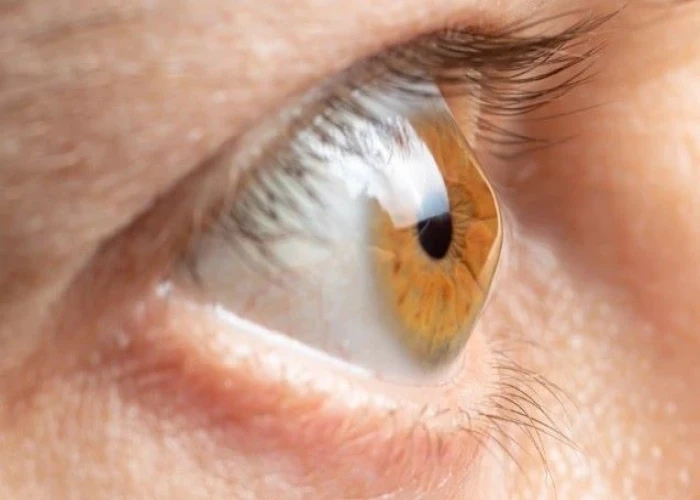
Keratoconus
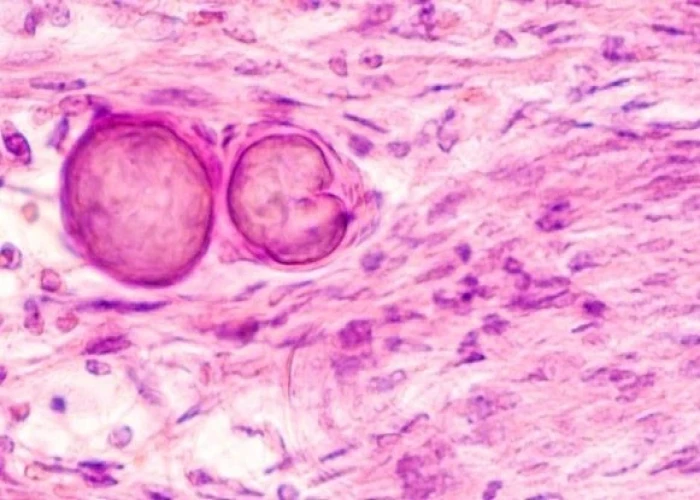
Meningioma
Chronic pelvic pain in women, Chronic pelvic pain in female, মহিলাদের দীর্ঘস্থায়ী পেলভিক ব্যথা
To be happy, beautiful, healthy, wealthy, hale and long-lived stay with DM3S.
